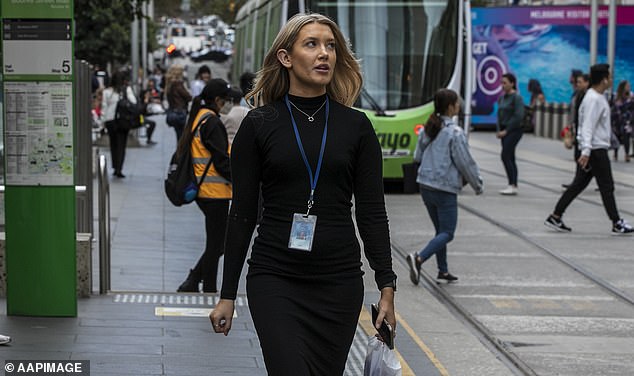Workers in one Australian state are set to receive an extra 10 days of leave from September 30, doubling the allocation available in any other state or territory.
Queensland public sector staff will be given extra leave for their reproductive health, in a measure first outlined in May but now expanded to include around 290,000 employees.
Premier Steven Miles said it is designed to ensure workers have enough time off to look after their fertility, with preventative health measures, screening, IVF, hysterectomies and vasectomies among the treatments covered.
Conditions such as endometriosis, dysmenorrhea and severe menopause will also be included.
“We’re making history again with the announcement that some of the best workplace rights in the country will be extended to even more Queensland workers,” Miles said.
‘I always want Queensland’s incredible public sector to shine as an employer of choice and look forward to seeing other organisations follow our lead when it comes to supporting worker health and equity.
“This is as much about improving pay equity for women in the workforce as it is about supporting the health and well-being of the workers who make this state a better place.”
The additional 10 days will be added to government employees’ entitlements such as annual leave, sick leave and other types of time off.
Workers in one Australian state are set to receive an extra 10 days of leave from 30 September, doubling the allocation available in any other state or territory (file image)

Queensland public sector staff will get extra leave for their reproductive health in a measure first outlined in May but now expanded to include around 290,000 employees (file image)
However, it will not be cumulative, so unused days cannot be carried over to the following year.
Reproductive health leave already exists in Victoria, New South Wales and the Australian Capital Territory, where five days a year can be claimed.
South Australia, the Northern Territory, Tasmania and Western Australia do not offer reproductive health leave to their public sector employees.
The Queensland government initiative is expected to cost around $90 million a year.
Reproductive leave is not included in the National Employment Standards and is currently only available from a very limited number of private sector employers.
“Too many workers have been penalised or forced out of their jobs because of reproductive health issues,” said Australian Council of Trade Unions president Michele O’Neil.
‘Trade unions will campaign for a universal 10-day paid leave to enable all workers to access this important category of leave.
‘Workers have already campaigned and won this right in some workplaces, but we want it to be extended as a basic right to all Australian workers.’


